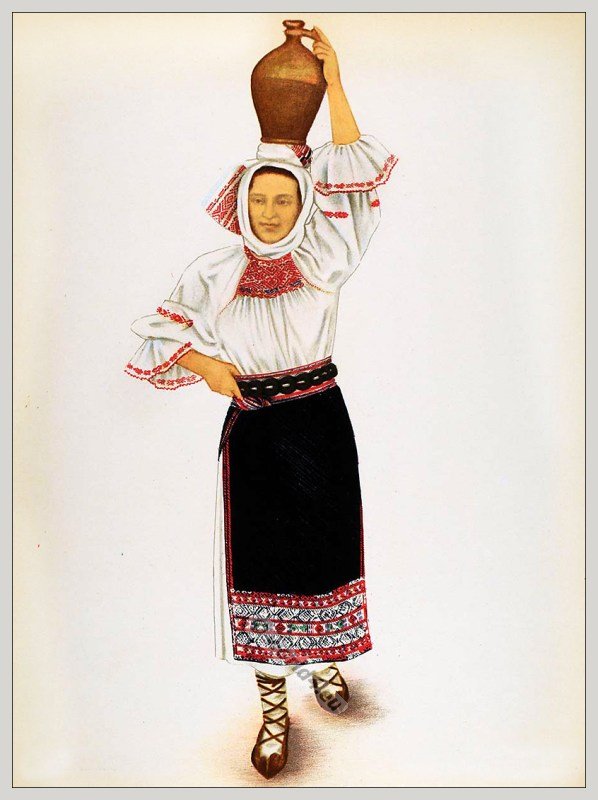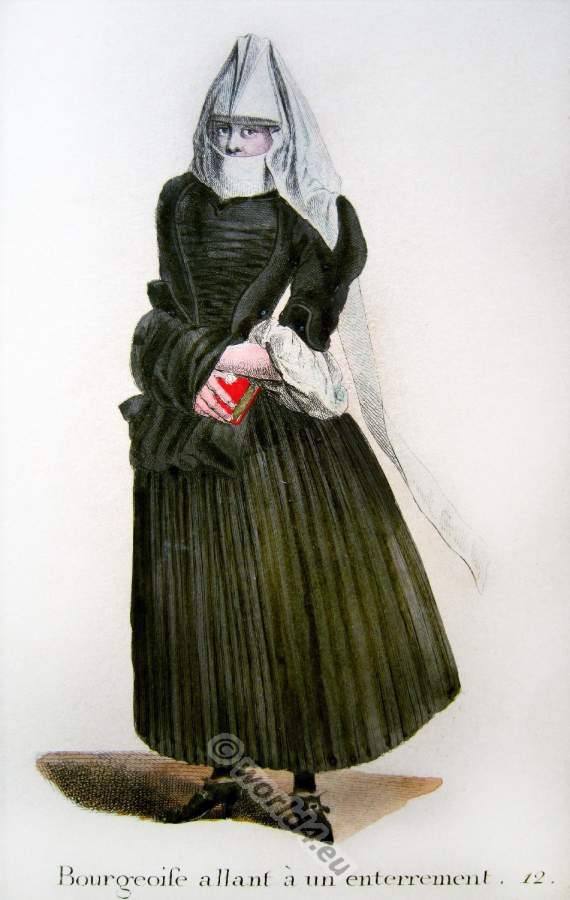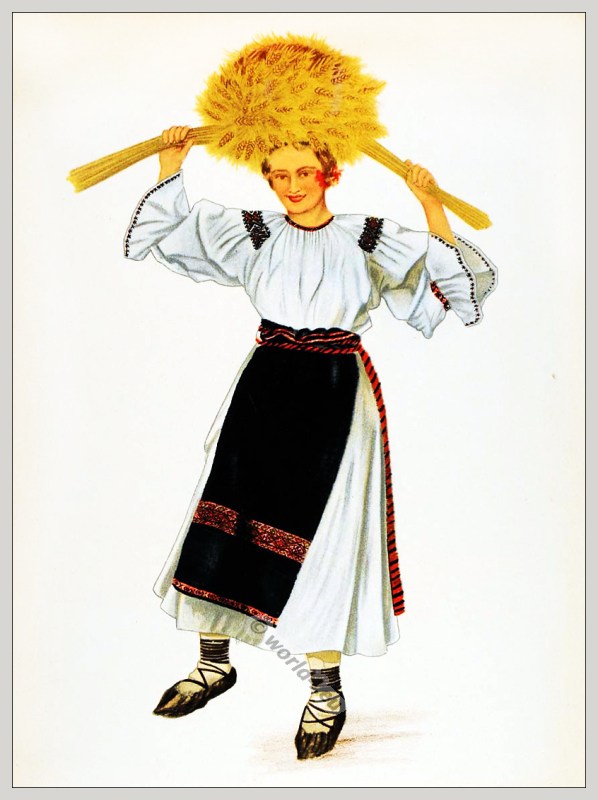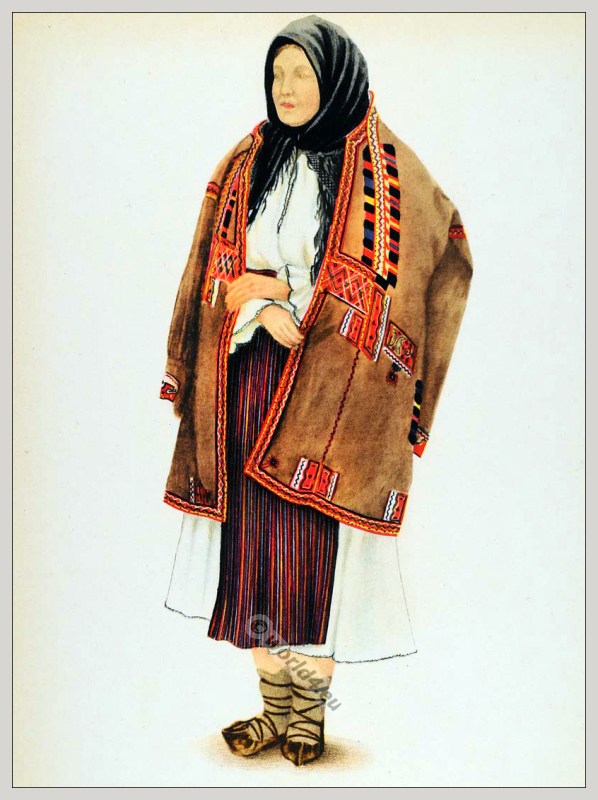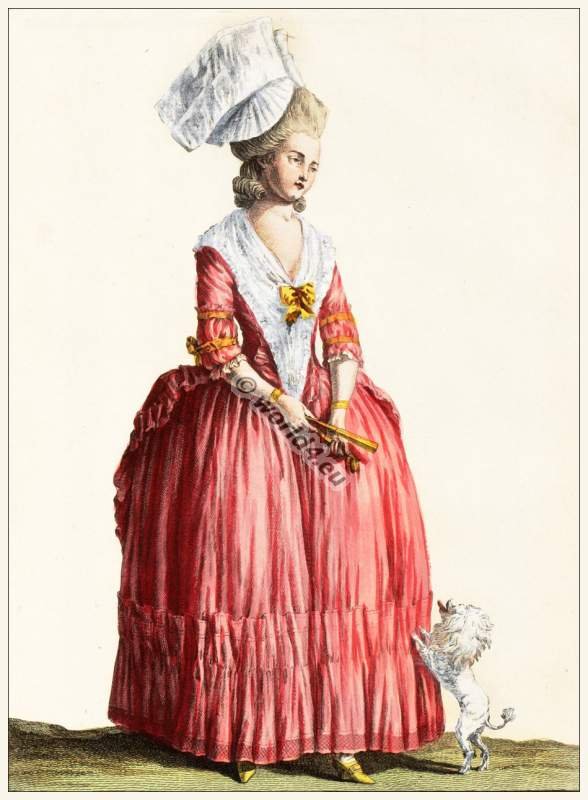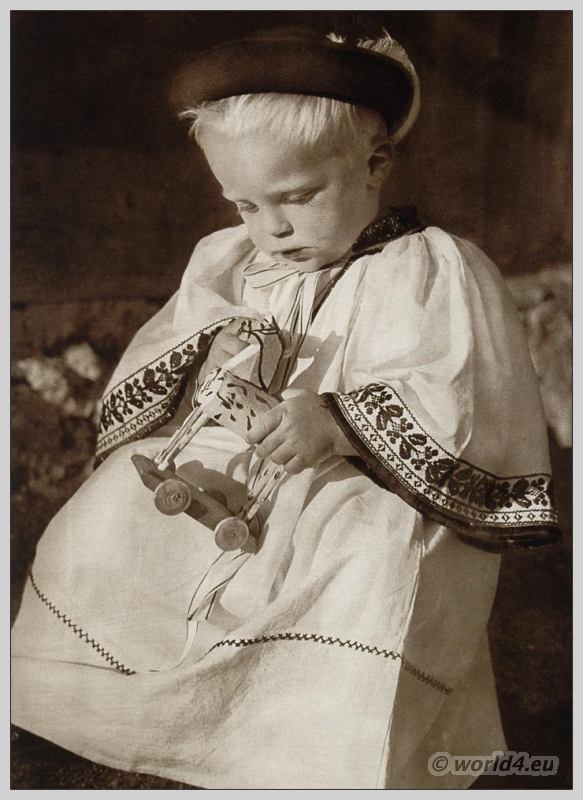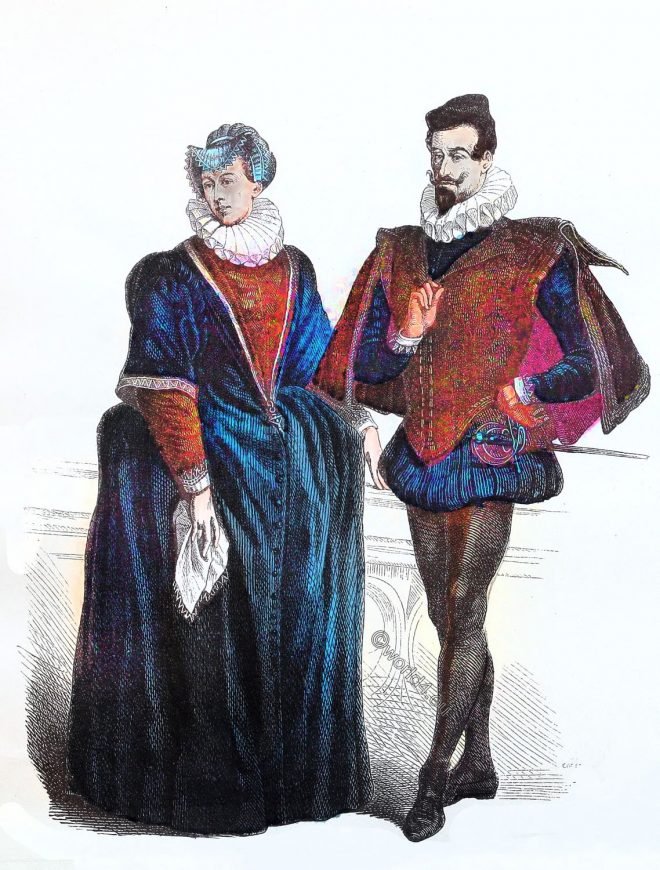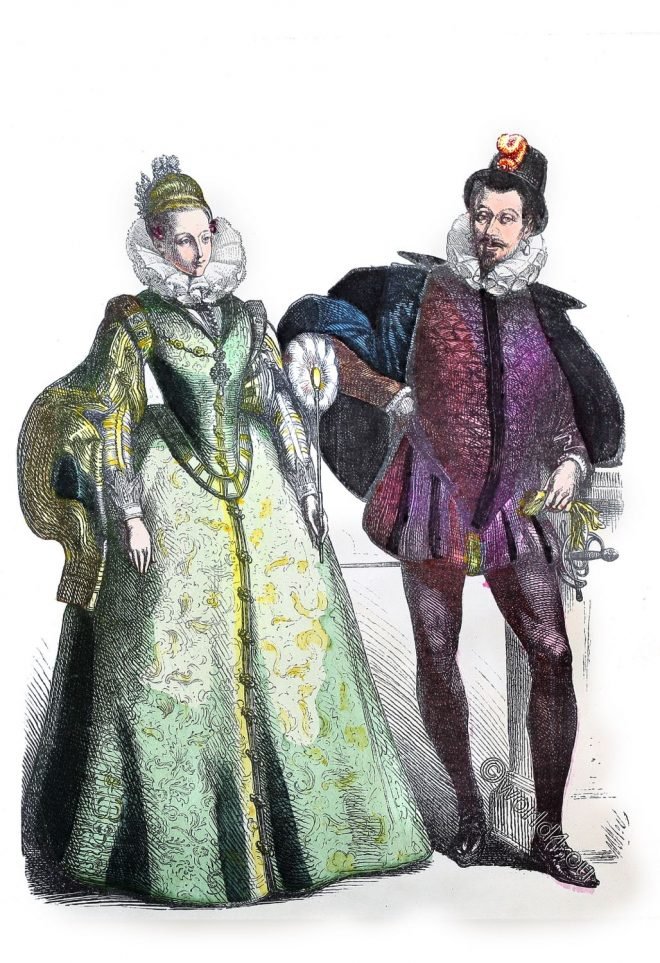Official garb of a teacher. Switzerland Baroque period, 17th century.
Romanian peasant woman from Mureș, Transylvania.
Peasant woman from Mureș, Transylvania. (Tărancă tanara depe Mureș, Transilvania.) Gallery: Romanian Folk Costumes. Portul popular romanesc by Alexandrina Enachescu Cantemir. Editeur: Prof. Dimitrie Gusti. Published: Scrisul Romanesc, S.A., Craiova… Read More
Swiss citizen woman in mourning dress, 17th century.
Swiss citizen woman in mourning dress at the end of the 17th century. Baroque period.
Romanian peasant woman from Bistrița-Năsăud, Transylvania.
Peasant woman from Bistrița-Năsăud, Transylvania. (Tărancă din Bistrița-Năsăud, Transilvania.) Gallery: Romanian Folk Costumes. Portul popular romanesc by Alexandrina Enachescu Cantemir. Editeur: Prof. Dimitrie Gusti. Published: Scrisul Romanesc, S.A., Craiova 1937.
Romanian peasant woman from Bihor, Transylvania.
Peasant woman from Bihor, Transylvania. (Tărancă din Bihor, Transilvania.) Gallery: Romanian Folk Costumes. Portul popular romanesc by Alexandrina Enachescu Cantemir. Editeur: Prof. Dimitrie Gusti. Published: Scrisul Romanesc, S.A., Craiova 1937.
Robe à la Polonaise de Taffetas 1775.
Young Lady in a taffeta dress, 1775. Jeune Dame, vetu d’une Robe à la Polonaise de Taffetas uni, garni en Linon, Bonet à la Glaneuse.
Child from Závadka Slovakia.
Child from Závadka Slovakia.
German aristocracy around 1580 in Spanish court fashion.
German aristocracy in Spanish style. Second third of the 16th century. Late Renaissance in the transition to the Counter-Reformation. Baroque period.
French nobility in Spanish fashion of the 16th century.
Spanish clothing fashion of the late Renaissance and Spanish Baroque in the period between about 1550 and the Thirty Years War around 1620.
Spanish nobility in court dresses. Second third of the 16th century.
Time of the late Renaissance, the Thirty Years War, marked by the Counter-Reformation, with the associated dominance of the Spanish Baroque.


